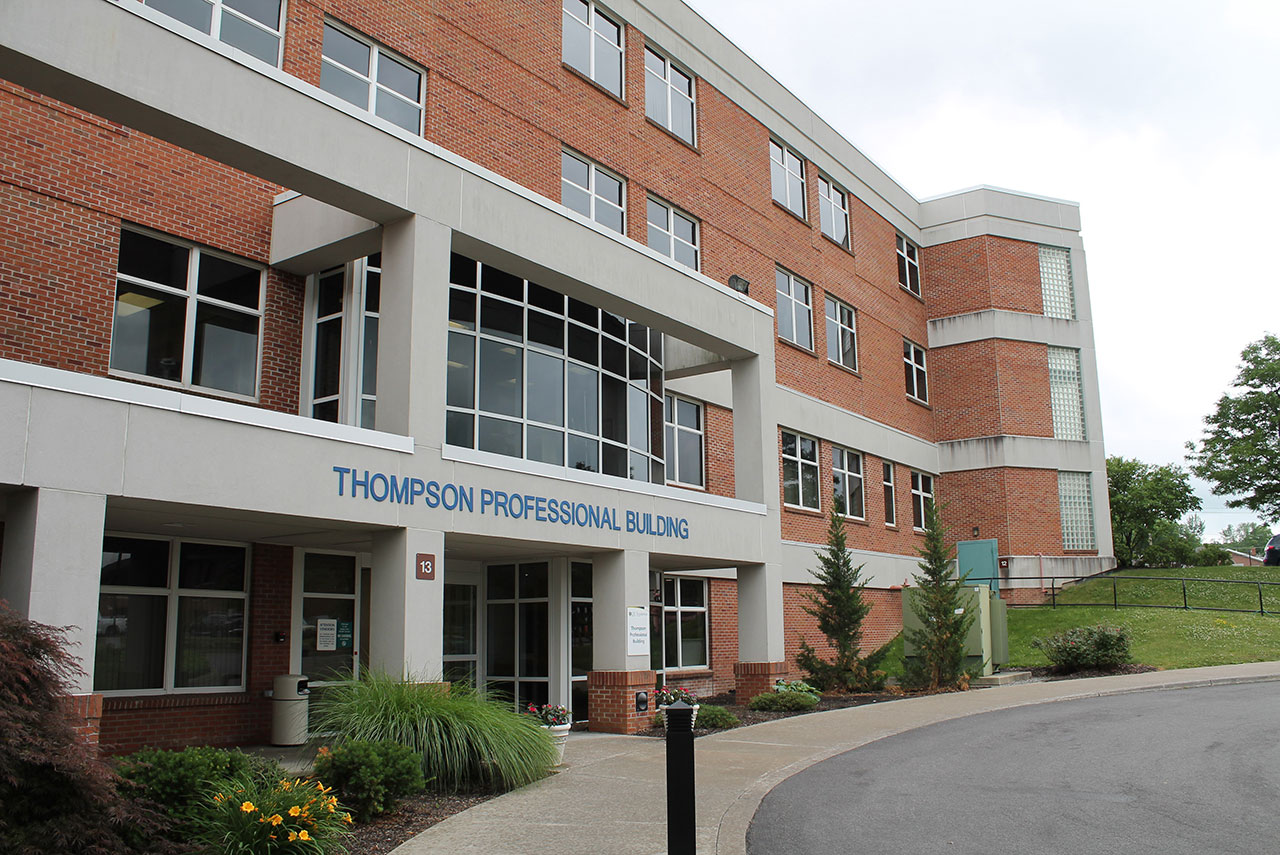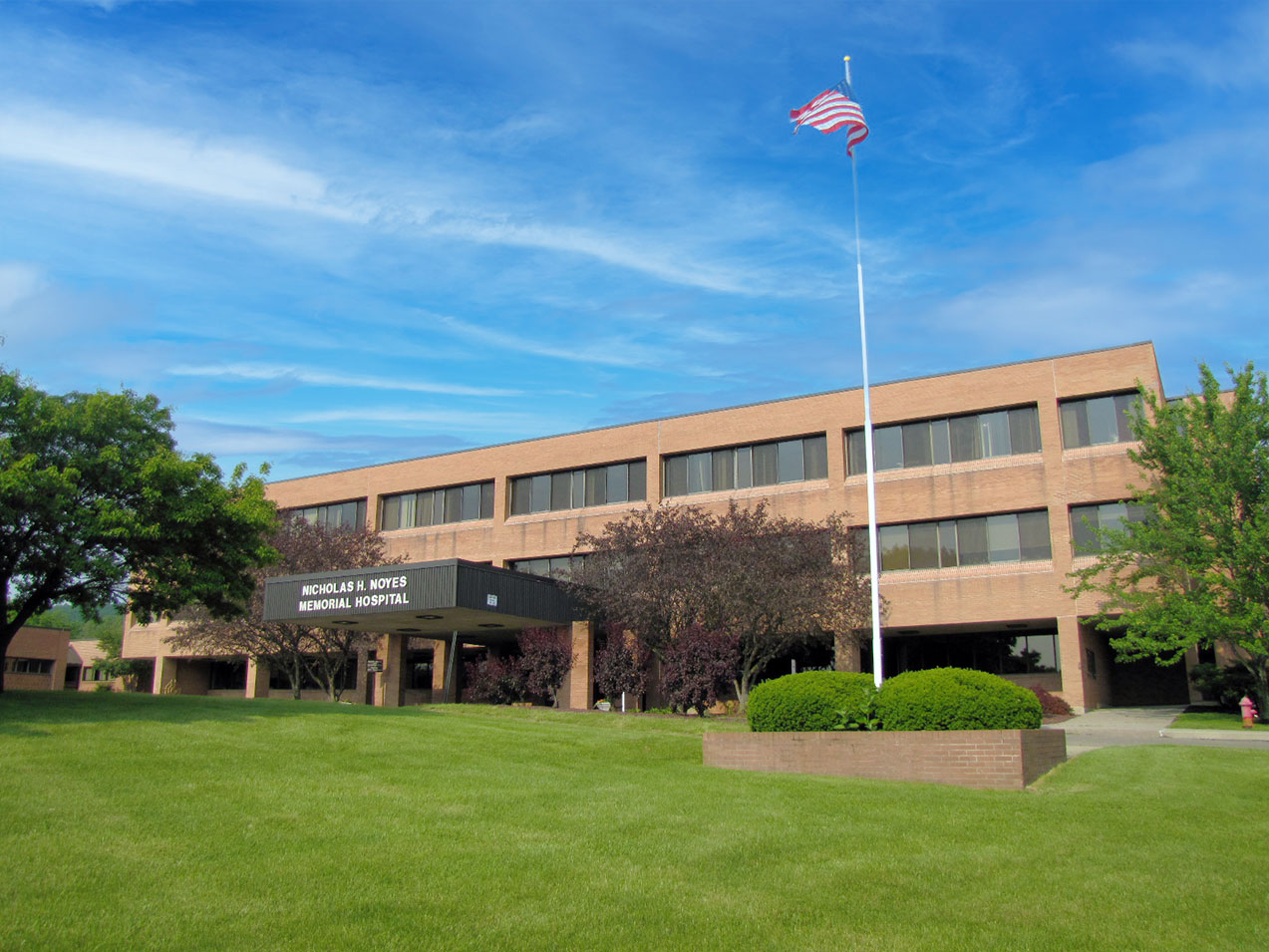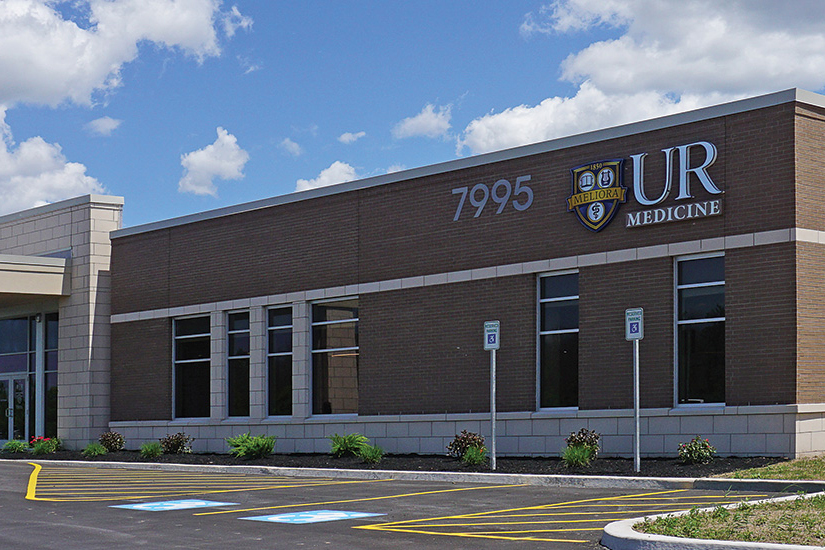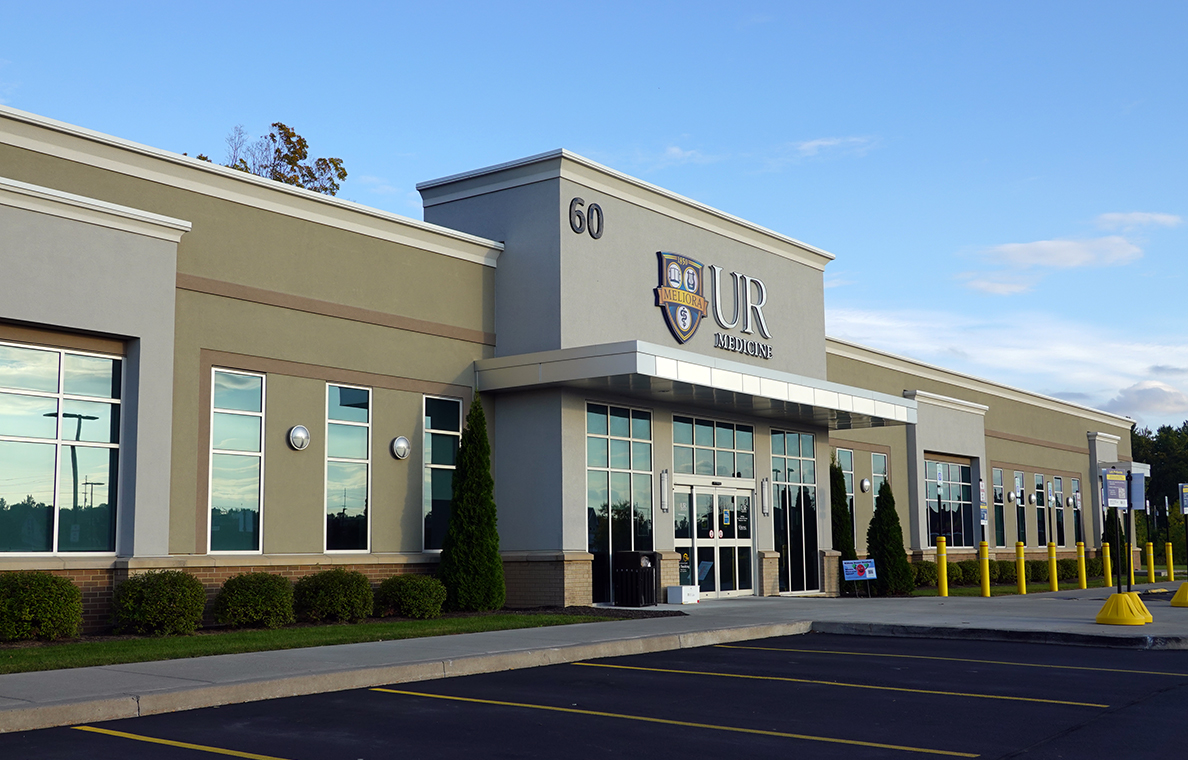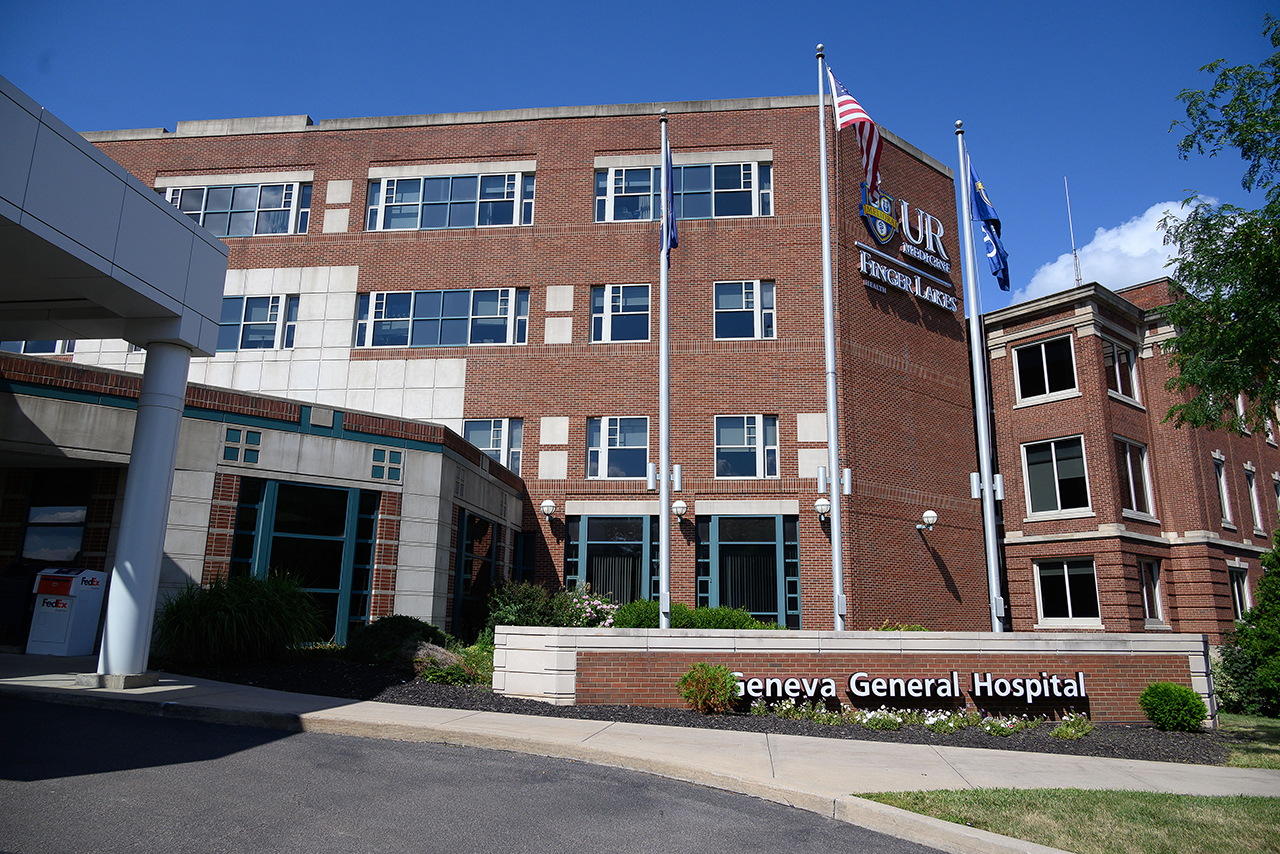Neuro Spine Care
Make Appointments & Get Care
Overview
The Neuro Spine Care Team offers comprehensive care for patients seeking diagnosis and treatment for all types of spine disorders and injuries. Our program brings together neurosurgeons, neurologists, physical therapists and neuro-pain management specialists who focus on holistic care and wellness while specializing in surgical and non-surgical treatment options.
When surgery is indicated, our experienced neurosurgeons offer the most progressive techniques in spine surgery. Our specialists aim to get patients into a treatment program quickly to effectively control symptoms and improve quality of life.
What to Expect from the Neuro Spine Care
UR Medicine is one of the few centers in the Rochester metropolitan area and surrounding region that offer a variety of non-invasive spine procedures also known as Minimally Invasive Surgery.
These approaches are minimally disruptive procedures that allow the surgeon to have direct access to the intervertebral disc space and fuse the lumbar spine from the side of the body as opposed to the front or back. This means instead of a large, open incision, the procedure is performed through a small incision to expedite recovery.
When surgery is indicated our experienced Neurosurgeons offer every type of spine surgery available including:
What Sets Us Apart?
The Neuro Spine Care team at UR Medicine has proven excellence in spine care for over 30 years. Our approach to brain and spine care looks at the nervous system in its entirety. Treatment is individualized to patients who may also benefit from access to clinical trials, ensuring them the most up-to-date therapies.
To deliver the most collaborative experience possible, we work closely with local and regional practitioners to enhance continuity of care and establish partnerships with referring providers in our patients’ communities.
Locations
View All LocationsWe serve you in the Rochester metropolitan area and surrounding region.
View All Locations12 locations
2180 South Clinton Avenue
Rochester, NY 14618
Parnall Office Building at Rochester General Hospital
1445 Portland Avenue, Suite 305
Rochester, NY 14621
84 Canal Street, Suite 8
Big Flats, NY 14814
Thompson Professional Building
395 West Street, Suite 007
Canandaigua, NY 14424
Noyes Memorial Hospital
111 Clara Barton Street, Suite 178A
Dansville, NY 14437
St. James Medical Office Building
7309 Seneca Road North, Entrance C, Suite 102
Hornell, NY 14843
Cayuga Medical Office
905 Hanshaw Road, Suite A
Ithaca, NY 14850
7995 Call Parkway, Suite 100
Batavia, NY 14020
Medical Center Annex
430 Elmwood Avenue
Rochester, NY 14620
Geneva General Hospital
200 North Street, Suite 304
Geneva, NY 14456
1340 Washington St, Suite 3
Watertown, NY 13061
